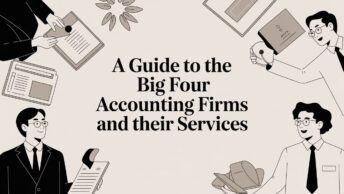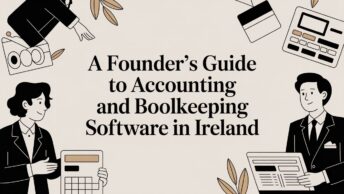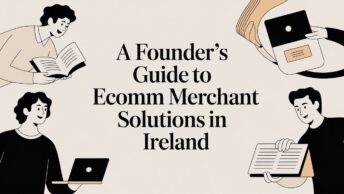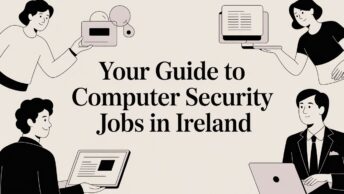The government’s furlough scheme has proven critical in attempts to contain the coronavirus pandemic, and in the coming months it will be moving into a different and arguably more challenging phase. To help you prepare for the next steps, here is what you need to know now.
July’s flexible furlough
July marks the next phase of the government’s furlough scheme, and this is when a new ‘flexible’ approach will be implemented. This means that an employer does not need to offer flexible furlough conditions but can instead still continue to fully furlough their employees.
There is now no longer a minimum requirement of three weeks for a furlough, and employers must pay employees at their standard pay rate, as well as being responsible for additional costings such as pension contributions. Employers can continue claiming 80% of wages, but the cap will be reduced to reflect hours which have not been worked.
On 31st July 2020, employers will no longer be able to claim for the time period ending on 30th June 2020. There will be no subsequent changes implemented in August 2020, with the 80% wage claims (with a cap of £2,500 p/m) still in place.
Changes in September and October 2020
In September, the conditions begin to shift. Now, employers will be able to claim 70% of wages, with a cap of £2,187.50 p/m. However, this grant will be reduced in accordance with hours which are not worked by the employee.
In October, businesses will be able to claim 60% of their wages with a cap of £1875 per month. Employers are responsible for paying pension contributions and NICs for all the employees they have furloughed.
Who can apply?
Flexible furlough is only eligible for employees who an employer has claimed for between 1st March 2020 and 30th June 2020. This means they must have already been furloughed prior to these changes coming into effect.
Each employee must have been furloughed for at least three weeks (consecutively) before 30th June 2020, to be considered eligible from 1st July 2020. No new claimants will be accepted, although employees do not need to have been furloughed on 30th June in order to take part in the scheme. On 10th June 2020, the UK government closed new applications. There are however a few exceptions to this cut-off. Employees who are on parental leave are exempt, whether this is through maternity leave or shared parental leave.
How do I furlough an employee?
You must confirm the arrangement formally and in writing, gaining the consent of the employee. Guidance suggests that a new agreement is needed, so ones which existed in the past will no longer be considered valid. Instead, take a cautious approach and ensure that your new documentation states the exact terms of the furlough.
It is possible to use flexible furlough on more than one occasion with the same employee, providing a little more adaptability for both the employer and their staff members in these uncertain times.
Discover more from Scott Dylan
Subscribe to get the latest posts sent to your email.






